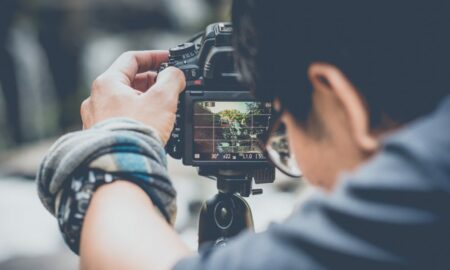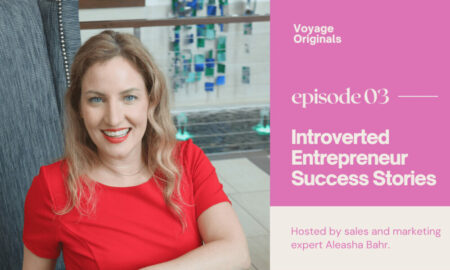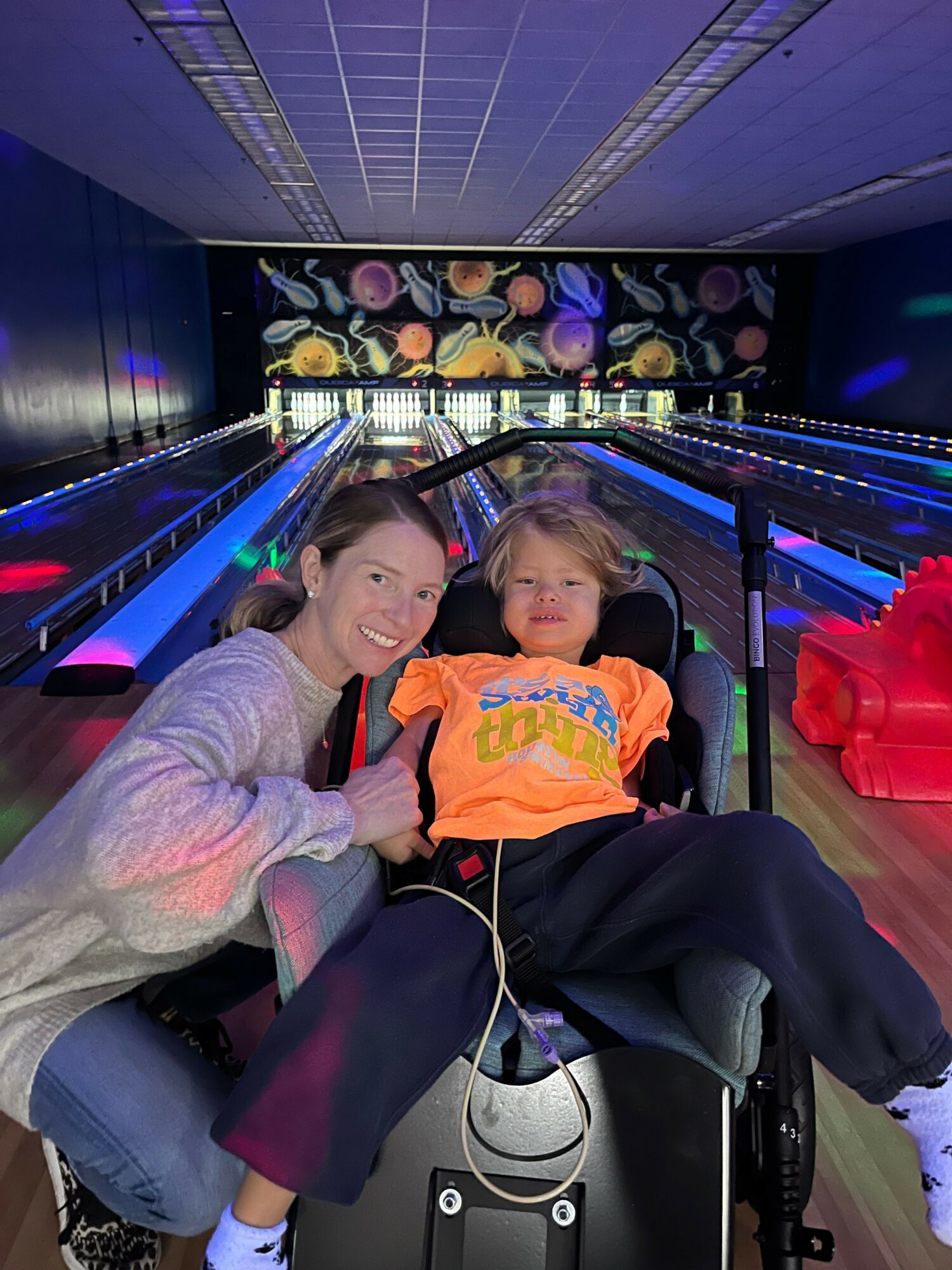

We recently had the chance to connect with Hannah Lowe and have shared our conversation below.
Hannah, we’re thrilled to have you with us today. Before we jump into your intro and the heart of the interview, let’s start with a bit of an ice breaker: What do the first 90 minutes of your day look like?
Like lots of parents, I pop out of bed and hit the day running. Unlike most parents, I am not only mom but also caregiver to our younger son, Austin, who has L-CMD – a rare and randomly occurring form of muscular dystrophy.
Our morning routine looks like breathing treatments, setting up his feeding tube breakfast, refilling meds and calling various physicians, therapists and insurance companies.
Once Austin is set up with either a TV show or a teacher – depending on the day – I can turn my attention to work. Sometimes that’s painting and creating art, but mostly that’s working on the L-CMD Research Foundation: a nonprofit we started to fund scientific research to develop treatments and ultimately cure this degenerative disease.
Can you briefly introduce yourself and share what makes you or your brand unique?
Strangely, much of my working background is proving quite useful for this unexpected life. I worked in healthcare finance, nonprofit fundraising and always had a strong interest and background in biology and genetics.
Now my time is spent developing and executing fundraising strategies for the L-CMD Research Foundation. Since our 2020 inception, we’ve raised over $2.5MM and launched over 20 scientific project with academic labs and biotech businesses.
In 2020, when Austin was 5 months old (and I was profiled in your publication for my artwork) he was admitted to Texas Children’s Hospital for failure to thrive. He was diagnosed then with L-CMD, a rare and fatal form of childhood muscular dystrophy. Our world was turned upside down at this news and everything we thought we knew or had planned for was taken away in a moment.
When COVID lockdown hit a month later we were lucky to be able to work from home and spend our time adjusting to our new reality – a life of sleepless nights, endless research, and basically becoming nurses for all intents and purposes.
We started this nonprofit to give hope to ourselves and families like ours.
While I still create and sell paintings because I feel that creativity is just part of me and needs to be expressed – if only for myself – my focus on the business side of that pursuit has really been out on hold in service of Austin.
Thanks for sharing that. Would love to go back in time and hear about how your past might have impacted who you are today. Who saw you clearly before you could see yourself?
My parents always believed in me and everything I’ve done. They always encouraged artistic exploration and were proud of my abilities and pursuit of artistic education.
They’ve never doubted that I could do whatever I put my mind to and when I told them that our goal was to raise $2,000,000 for L-CMD, they didn’t even ask how they could help, they just jumped in with me.
When did you stop hiding your pain and start using it as power?
For the first year after Austin’s diagnosis we didn’t share a lot about it nor ask for a lot of help. We were still figuring it out for ourselves.
But once we launched the foundation, I wrote very raw and open emails to nearly everyone I knew, trying my best to communicate our devastation, hope and determination. And to ask for help – lots of help.
Since then I have shared (probably over shared) about Austin’s story and our journey as a family. I hope that I can make others feel seen in their hardships too.
Sure, so let’s go deeper into your values and how you think. Where are smart people getting it totally wrong today?
In scientific research – as in life – nuance is everything. Good news has caveats. Bad news has silver linings. I see lots of people falling into severe black and white thinking and not taking time to go deeper and understand more than one layer to a situation.
When we’re developing a new scientific project, for instance, we have to take time to educate ourselves and think through all the angles and potential outcomes. We don’t want to ping pong around and get caught up emotionally.
Okay, so let’s keep going with one more question that means a lot to us: What are you doing today that won’t pay off for 7–10 years?
Everything. I wish science would move faster and when we launched the foundation we thought we’d be done in 2-5 years. We just celebrated our 5 year anniversary and now we understand that research takes time, isn’t cut and dry, is iterative, and often leaves us with more questions than when we started. Hopefully it will be less than 7-10 years but who can say?
Contact Info:
- Website: https://LCMDresearch.org
- Instagram: @lcmd.foundation
- Linkedin: https://www.linkedin.com/company/l-cmd-research-foundation
- Facebook: https://www.facebook.com/LCMD.foundation




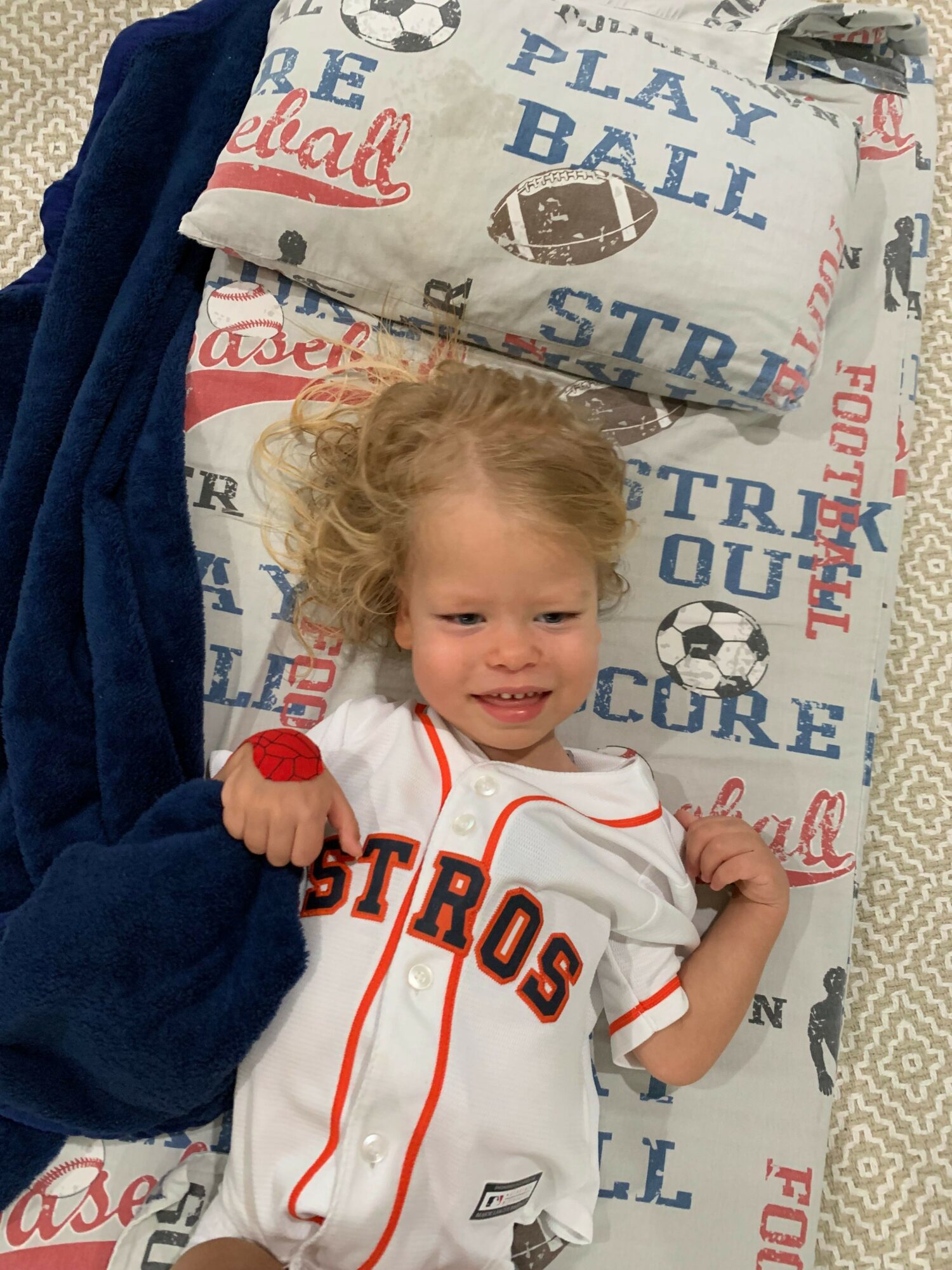
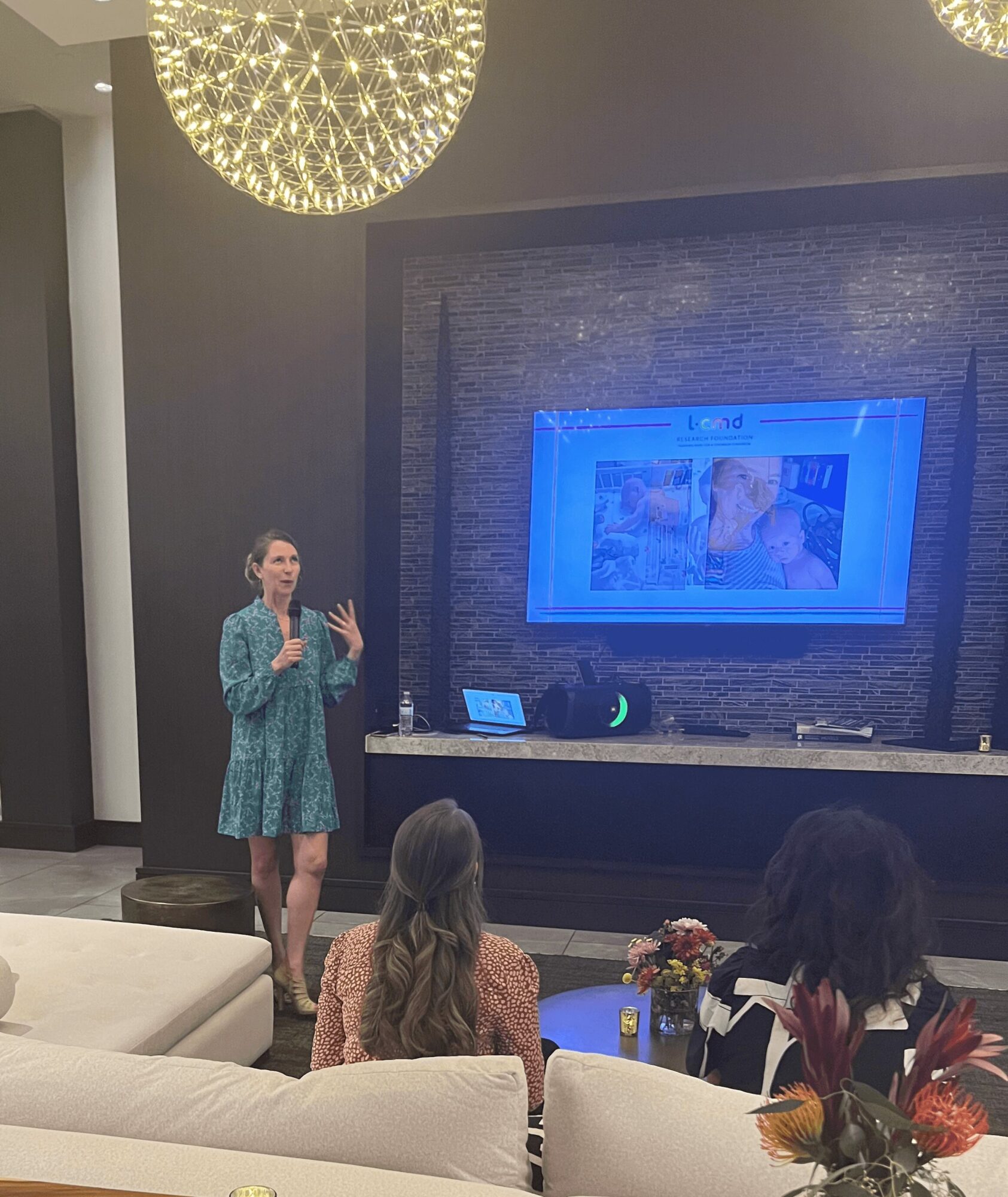
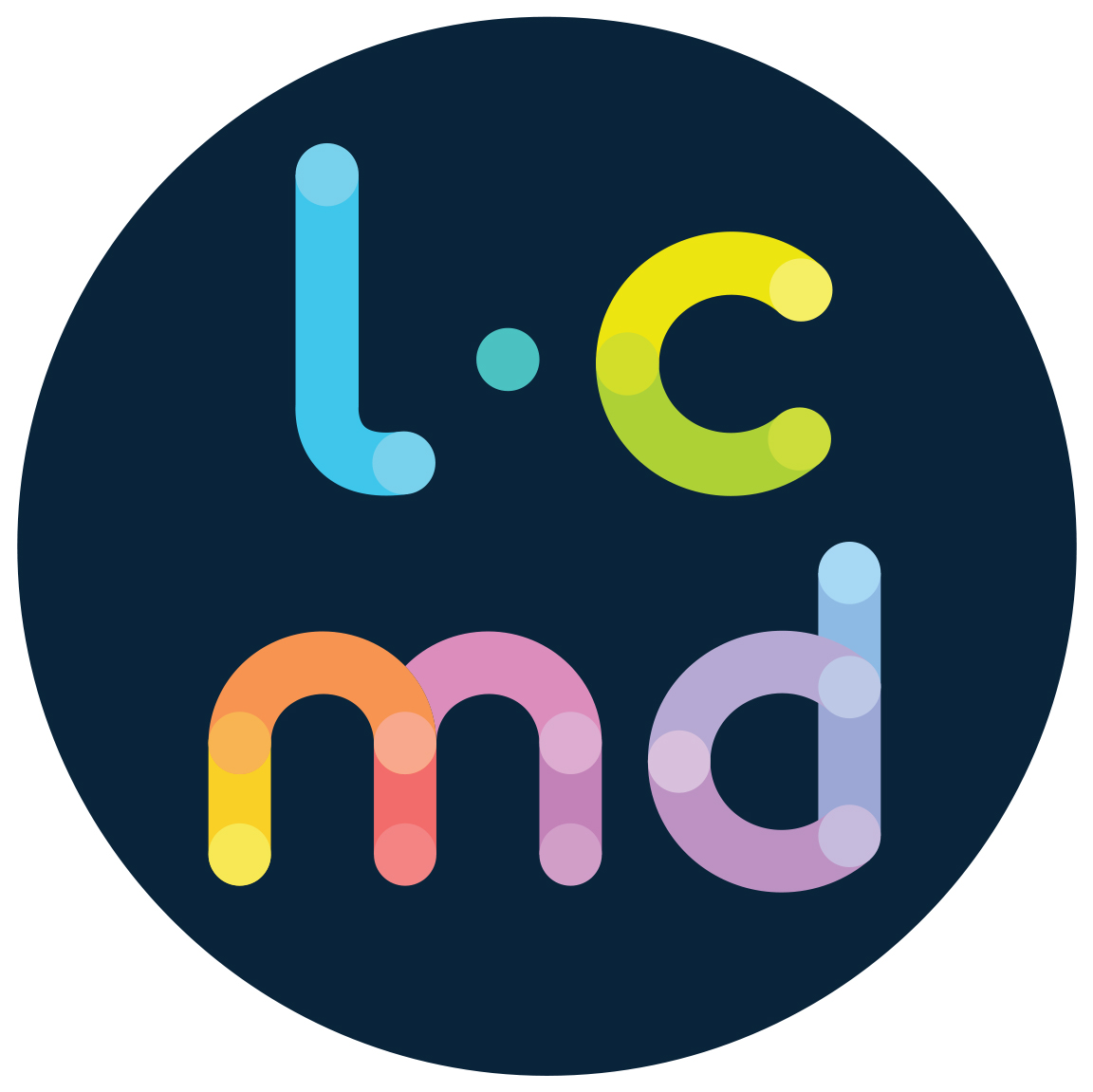
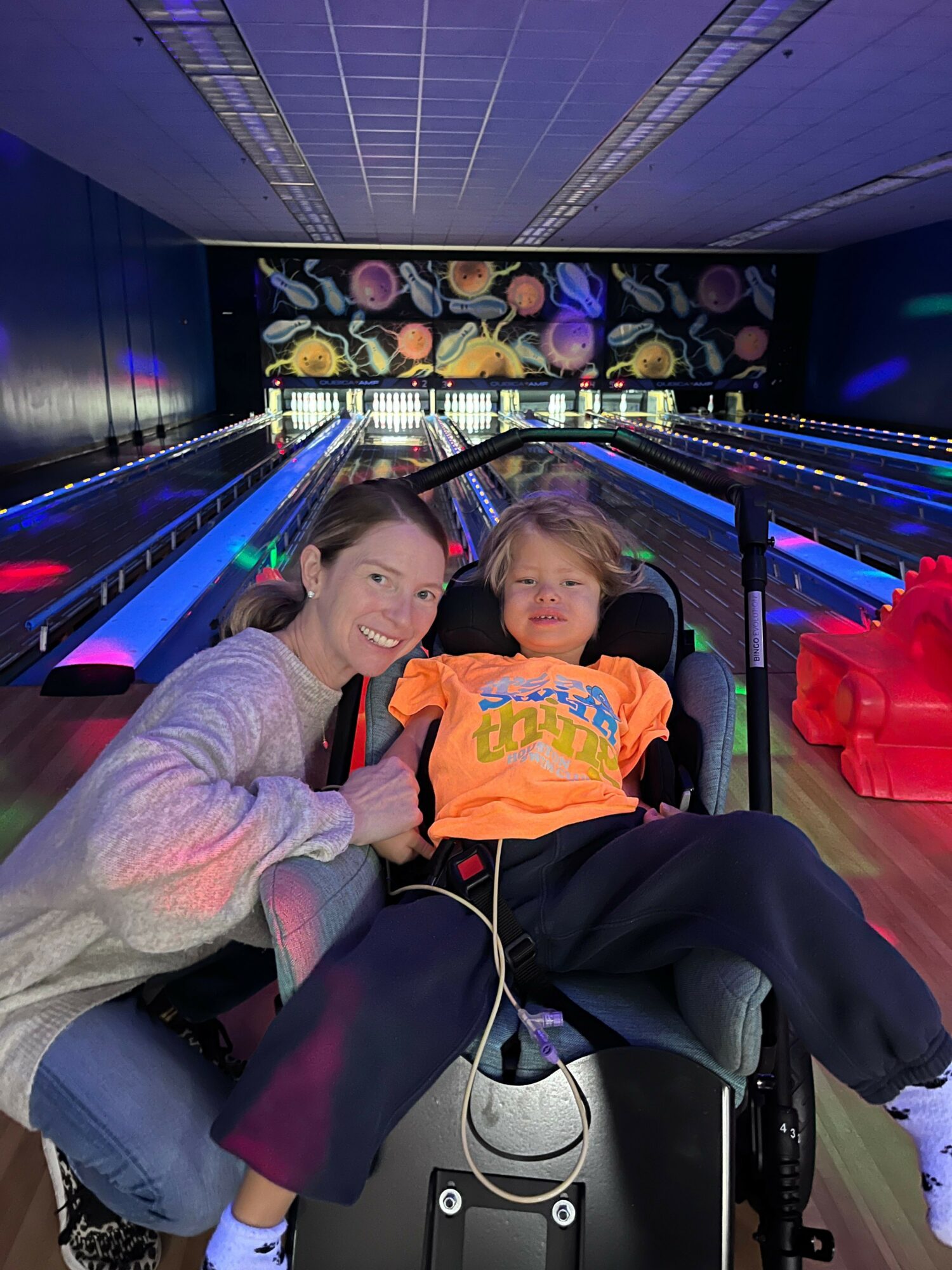
Image Credits
Hannah kissing Austin:
Krytondra Mamou Photography




